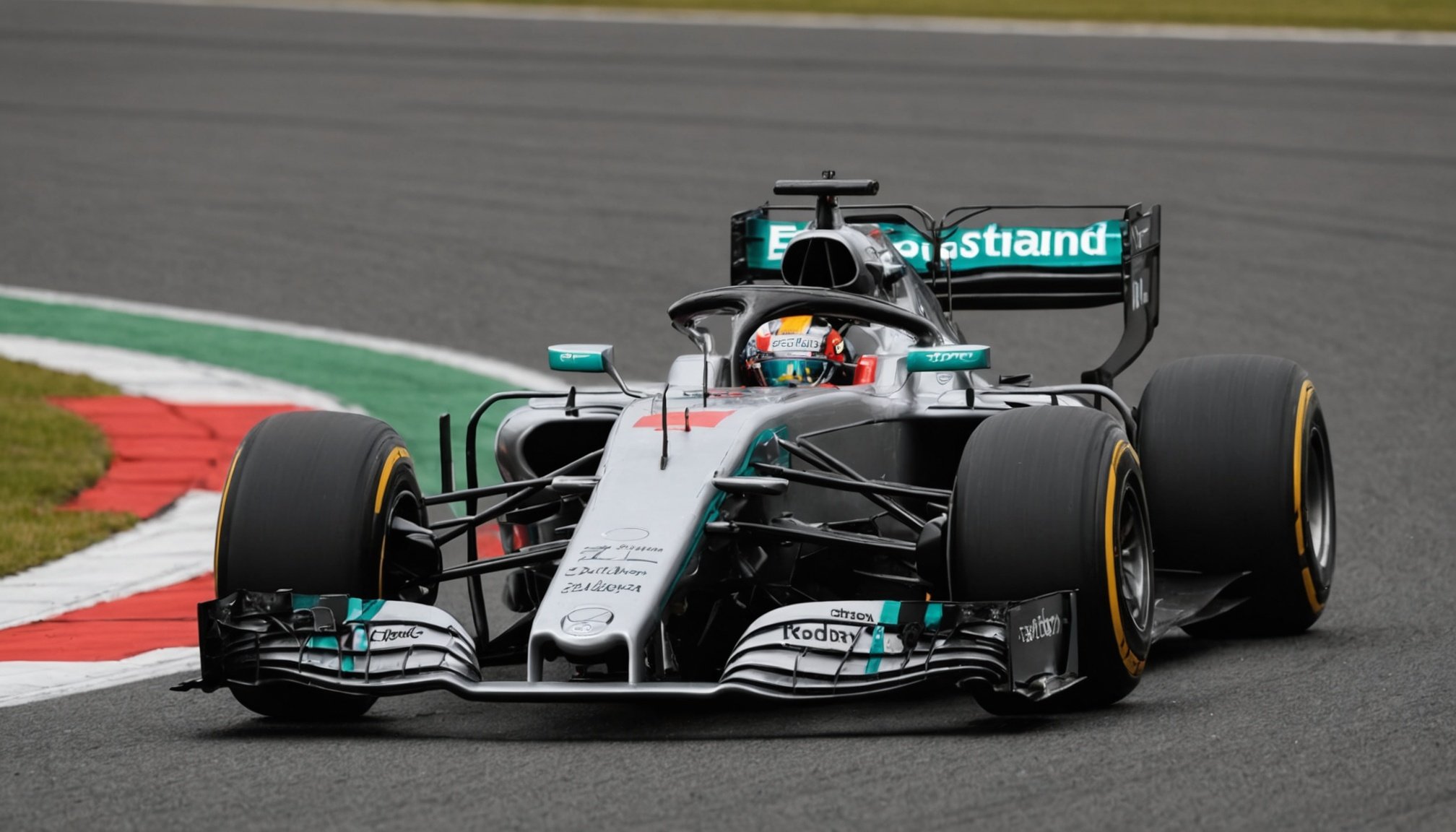Overview of Non-Invasive Brain Stimulation Techniques
Non-invasive brain stimulation has gained traction in medical and performance-enhancement fields due to its ability to modulate brain activity without surgery. Two prominent techniques include Transcranial Magnetic Stimulation (TMS) and Transcranial Direct Current Stimulation (tDCS).
TMS involves using magnetic fields to create electric currents in specific brain areas. It’s praised for its precision in targeting, allowing for investigation into various neurological disorders and enhancement of cognitive functions like attention.
Topic to read : Unleashing potential: how multi-sport participation enhances children”s motor skill development
tDCS, on the other hand, applies a small direct current through electrodes placed on the scalp. This process alters the neuronal activity over a broader area than TMS. It’s preferred for cognitive modulation due to its affordability and ease of use, facilitating attention, memory, and learning improvements.
A comparison reveals distinct advantages and limitations in these techniques. While TMS offers better site-specific stimulation, it’s often more expensive and requires expert operation. Conversely, tDCS is more accessible and cost-effective but lacks the pinpoint accuracy of TMS. Understanding these distinctions is crucial for selecting the appropriate method for a given application, ensuring effective outcomes in clinical and performance settings.
This might interest you : Elevating athlete recovery: how collaborative interdisciplinary teams transform injury rehabilitation for professional football players
Efficacy of Brain Stimulation in Sports
The efficacy of brain stimulation in enhancing sports performance has garnered significant attention in scientific circles. Multiple studies have delved into its effects on athletes’ motor skills and overall performance. The findings underscore the ability of brain stimulation to improve reaction times and decision-making skills, critical components in competitive sports.
Researchers have employed various non-invasive techniques, such as Transcranial Magnetic Stimulation (TMS) and Transcranial Direct Current Stimulation (tDCS), to assess their impacts. Specifically, athletes demonstrated improved coordination when undergoing these stimulations. For instance, enhanced motor cortex activation via TMS has been linked to better execution of complex movements, which translates to benefits on the field or track.
Moreover, neurophysiology insights reveal that brain stimulation can modulate neural pathways, optimising aspects of cognitive and motor function pertinent to sports. These interventions can lead to heightened focus, quicker reflexes, and sharper strategic decision-making.
Though promising, the quest for definitive answers continues. Ongoing research aims to establish protocols for varied sports contexts, adjusting parameters like frequency and intensity of stimulation. Ultimately, understanding the full spectrum of brain stimulation’s potential can pave the way for tailored enhancements in sports performance.
Case Studies in Formula 1
In the high-stakes world of Formula 1, racers constantly seek innovative methods to enhance their performance. Recent brain stimulation case studies highlight its promising application in this demanding arena. Notably, specific studies have explored how non-invasive brain stimulation affects drivers’ reaction times and decision-making skills.
Several Formula 1 teams have integrated techniques such as Transcranial Magnetic Stimulation (TMS) and Transcranial Direct Current Stimulation (tDCS) into their training regimens. For instance, TMS has been used to fine-tune drivers’ motor skills, potentially enhancing the precision required for high-speed navigation on challenging circuits. Meanwhile, tDCS has been employed to boost cognitive functions, supporting drivers’ split-second judgments during a race.
Driver feedback underscores the perceived benefits, noting improved performance outcomes and heightened mental clarity during races. One formula for success is the careful calibration of stimulation parameters to match the unique demands of F1 racing.
Research findings from these case studies accentuate the practicality and impact of brain stimulation in achieving performance enhancement. While initial results are promising, ongoing investigations aim to optimise techniques to align with the rigorous demands of Formula 1, thus paving the way for cutting-edge advancements in sports performance.
Practical Application and Implementation
Incorporating brain stimulation into sports training requires understanding the available tools and how best to use them. Transcranial Magnetic Stimulation (TMS) and Transcranial Direct Current Stimulation (tDCS) are prominent technologies. Each has unique applications depending on the training goals. TMS, with its precision, is ideal for tasks needing specific neural adjustments. Meanwhile, tDCS offers broader stimulation, facilitating overall cognitive enhancement.
When considering brain stimulation implementation for athletes, particularly F1 drivers, specific guidelines should be followed to ensure efficiency and safety. Generally, starting with lower frequency and intensity gradually increases as the individual’s response is evaluated. Regular, short sessions are often recommended over sporadic, intense use to maintain optimal neural benefits.
Available tools for non-invasive stimulation include portable tDCS devices and stationary TMS machines, each crafted to cater to different aspects of athletic training. The combination of these technologies with other training can result in a comprehensive enhancement strategy.
Ultimately, adopting a structured approach ensures that the integration of brain stimulation into training regimens is not only effective but customised to the athlete’s needs, aligning with broader performance improvement goals.
Implications for Performance Enhancement
Performance enhancement through non-invasive brain stimulation offers promising possibilities for both immediate and long-term benefits. The use of techniques such as TMS and tDCS not only supports current performance improvements but also contributes to ongoing cognitive training and overall brain health.
One noteworthy benefit is the preservation and enhancement of cognitive functions, such as attention and memory. These enhancements can lead to prolonged periods of peak performance, which are critical in high-pressure environments like elite sports. Importantly, when using brain stimulation for performance enhancement, several ethical considerations and safety issues arise. It is crucial to ensure that protocols maintain athlete welfare and do not exploit them for short-term gains at long-term costs.
With continuous advancements, future research directions will likely explore novel applications and refine existing protocols to optimise outcomes. Emerging trends in cognitive performance training focus on customising these interventions to individual needs, thereby broadening the scope of achievable enhancements. As the understanding of neurophysiology deepens, the potential for brain stimulation to augment sports performance will become an even more integral part of training regimens. Advances will allow for safe striving for maximum performance in sporting landscapes.







